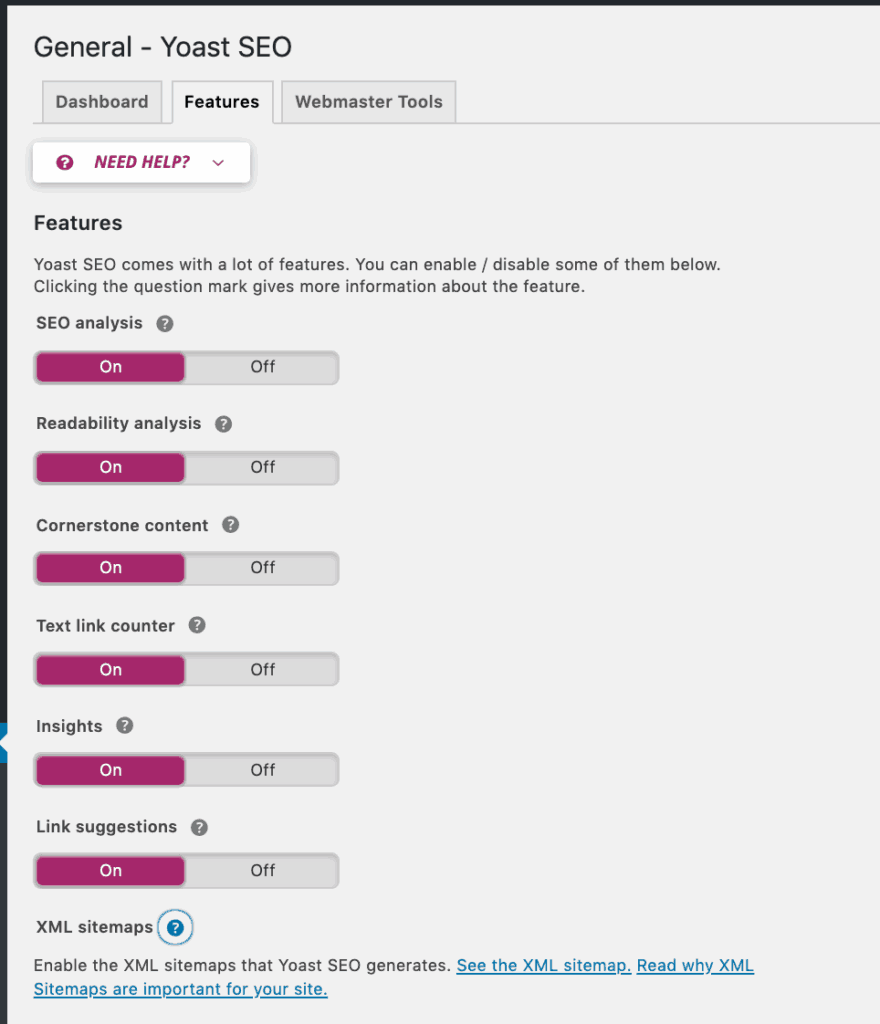What Is a Sitemap and Why Do You Need One?

A site map is the structure or list of pages on a website. Let’s learn more and understand what does a sitemap do?
A Site Map Is a Plan
A key part of the website strategic planning process is the development of the site map. A site map can simply be a list of pages like this:
- HOME
- ABOUT US
- Our Team
- History
- FAQs
- SERVICES
- Service 1
- Service 2
- Service 3
- CONTACT
You can also visualize it if diagrammed like this:

Developing a site map helps ensure the structure of a website is well-planned, which makes the process of designing and developing the website go more smoothly.
A Sitemap Is Important For SEO
Once a website is developed and launched, the “Site Map” becomes what is called an XML sitemap. This is Google’s protocol for sitemaps which was created so web developers can publish lists of links from across their sites. All major search engines use the same protocol. A sitemap provides updated page information to these search engines to help your site appear in searches.Sitemaps do not guarantee all links/page on your website will be crawled, and being crawled does not guarantee indexing or search ranking.
Google Search Console and Bing Webmaster Tools allow a website owner to upload a sitemap that Google will crawl. XML Sitemaps have replaced the older method of “submitting to search engines” by filling out a form on the search engine’s submission page. Now you can submit a sitemap directly, or wait for search engines to find it.
How Do You Make A Sitemap?
Sitemap generators like XMLSitemaps.com create a file automatically from your url. Once generated, you can upload the .xml file to your website server. If you use this manual method, you will need to regenerate and reupload the file when you create a new page or post. This is a static sitemap.
If you use WordPress, the Yoast SEO plugin automatically generates a sitemap and keeps it updated. This is a dynamic sitemap, which means the software automatically updates the file when content is added or removed.

In addition to the main sitemap for your website, others exist for different types of content. For example, in WordPress, there is usually a page-sitemap.xml and a post-sitemap.xml.

If your website has pages or posts translated into other languages, you should create an hreflang sitemap to let search engines know what language/region the content is directed toward. This tool will create an hreflang sitemap from a .csv file which you can upload to your server. You can use this tool to check it after you have uploaded it to make sure it is done correctly.
Whichever method you use, it is a good idea to submit links to your sitemaps within Google Search Console and Bing Webmaster Tools.
Robots.txt
The robots.txt file is the main way to tell a search engine where it can and can’t go on your website. It is important that your website’s robots.txt file is correctly configured to allow your website to be crawled by search engines. This article by Yoast goes into the detail of the robots.txt file. In a nutshell, “When a page is blocked with robots.txt, it’s a dead-end. Any link value which might have flowed to (and through) that page is lost.”
Usually your webhost will automatically add a robots.txt file to your server as part of your WordPress install. Often, this file excludes the wp-admin content of your website. You can test your robot.txt file from within your Google Search Console here.